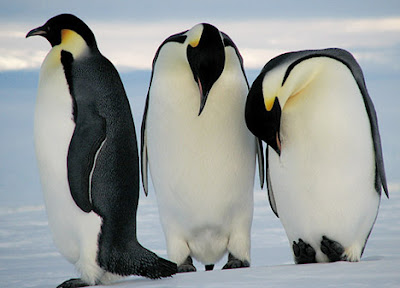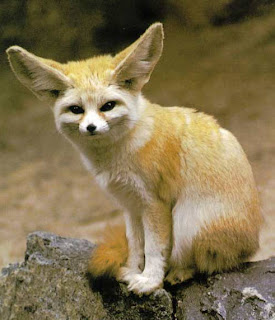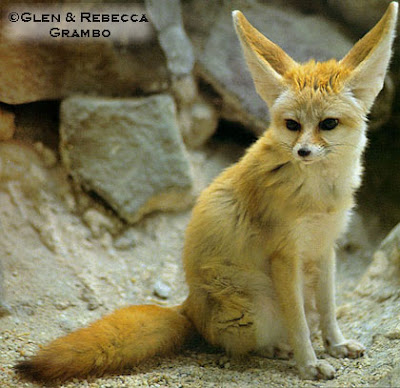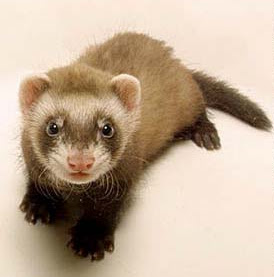 Emperor penguins are the largest of all the penguins. They stand almost 4 ft. (1.2 meters) tall and weigh 70 to 90 lbs. (30 to 40 kg.). They live and breed at the beginning of winter, on the fast ice all around the Antarctic continent. The total population is estimated to be about 200,000 breeding pairs. Emperor penguins can mate when they are 4 years old and can live to be 20 years of age.
Emperor penguins are the largest of all the penguins. They stand almost 4 ft. (1.2 meters) tall and weigh 70 to 90 lbs. (30 to 40 kg.). They live and breed at the beginning of winter, on the fast ice all around the Antarctic continent. The total population is estimated to be about 200,000 breeding pairs. Emperor penguins can mate when they are 4 years old and can live to be 20 years of age.Emperor penguin lives in the arctic some other kinds of penguins live in other parts of the Southern Hemisphere. No penguins live in the Northern Hemisphere. The emperor penguin eats fish, krill, squid, and shrimp. The emperor penguin enemies are the killer whales, leapord seals, and walrus.
Emperor pengiun male does not eat for 62-64 days.They speak by sounds. The emperor penguin can stay under water 850 ft for 18 min. They were discoverd by Johann Reinhold Foster. Sir Francis Drake and his men killed 1000 penguins in only one day! Grownup pengiuns can be made into oil, hats, purses, and the eggs are used for food. Penguins have a sickness called pesticide which can kill people.
Emperor Penguin
Emperor Penguin
Emperor Penguin
Emperor Penguin
Emperor Penguin
Emperor Penguin
Emperor Penguin



















































